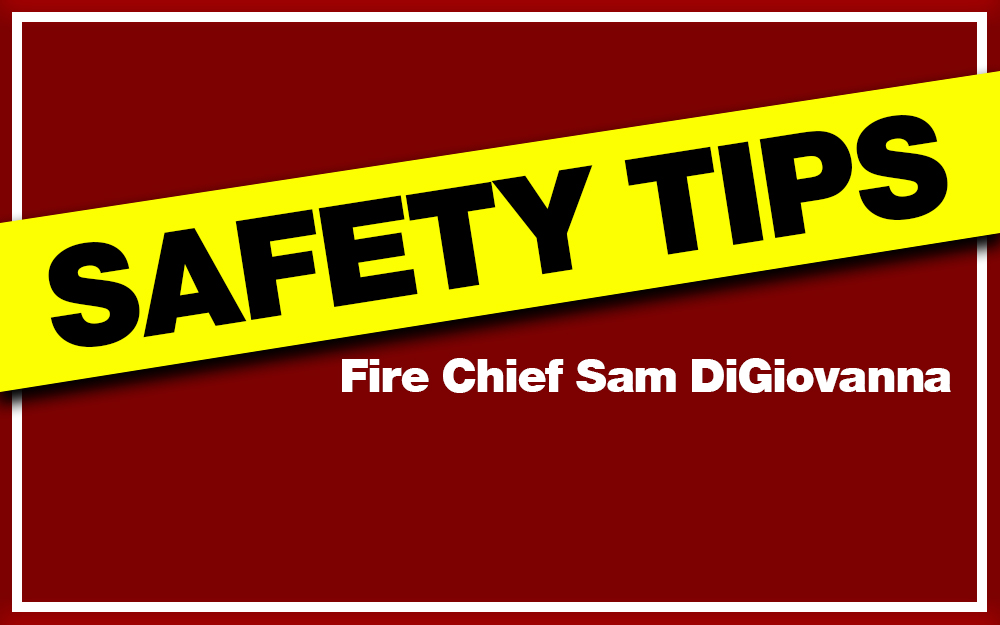
By Fire Chief Sam DiGiovanna
Before a mudslide:
Learn risks – Ask your local emergency management office if your property is a “landslide-prone” area. Recent fires? – Be aware that areas hit by wildfires have an increased risk of landslides and mudflows once the rainy season starts.
Be prepared to evacuate – Listen to local authorities and leave if you are told to evacuate.
Where would we go? – Decide in advance where you would go in case you can’t return home for weeks or months or ever. If your home is damaged or destroyed or you’re forced to leave your home due to on-going threats (like mudslides or flooding), you’ll need to find temporary or permanent living quarters.
Inspect – Look around home and property for landslide warning signs:
- cracks or bumps appear on hill slopes, ground or roads
- water or saturated ground in areas not normally wet
- evidence of slow, downhill movement of rock and soil
- tilted trees, poles, decks, patios, fences or walls
- doors and windows stick or cracks appear on walls, etc.
After a landslide or mudflow:
Things to watch for:
- flooding – usually occur after landslides or debris flows
- damaged areas – roadways and bridges may be buried, washed-out or weakened — and water, gas & sewer lines may be broken
- downed power lines – report them to power company
Inspect – Look for damage around home and property and watch for new landslide warning signs:
- check foundation, chimney, garage and other structures
- report any broken utility lines or damaged roads to local authorities
- watch for tilted trees, poles, decks, patios, fences or walls
- notice doors or windows stick, cracks appear, etc.
Insurance – If your home suffers any damage, contact your insurance agent and keep all receipts for clean-up and repairs.
Some additional things to check and do afterwards:
*Check for gas leaks (smells like rotten eggs, hear a hissing or blowing sound or see discolored plants or grass)
- Check electrical system (watch for sparks, broken wires or the smell of hot insulation)
- Check appliances after turning off electricity at main fuse and, if wet, unplug and let them dry out. Call a professional to check them before using.
- Check water and sewage system and, if pipes are damaged, turn off main water valve.
- Clean and disinfect everything that got wet (bleach is best) since mud left behind by floodwaters can contain sewage and chemicals. Wear gloves, mask and eye protection when using disinfectants.
- Consider having your house tested for mold.
- Secure valuable items or move them to another location, if possible
Remember… the more you prepare before disaster strikes, the better off you and your loved ones will be financially, emotionally and physically.










































